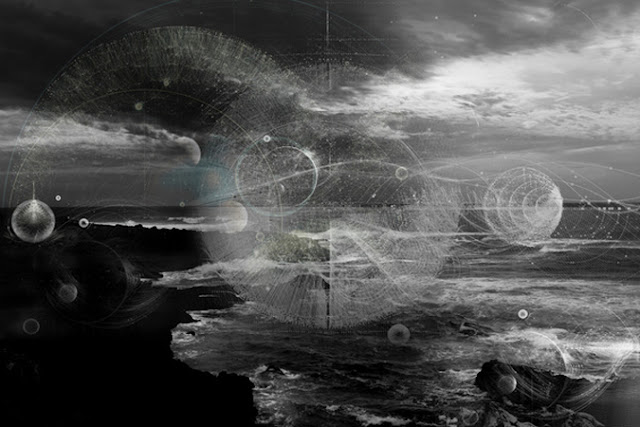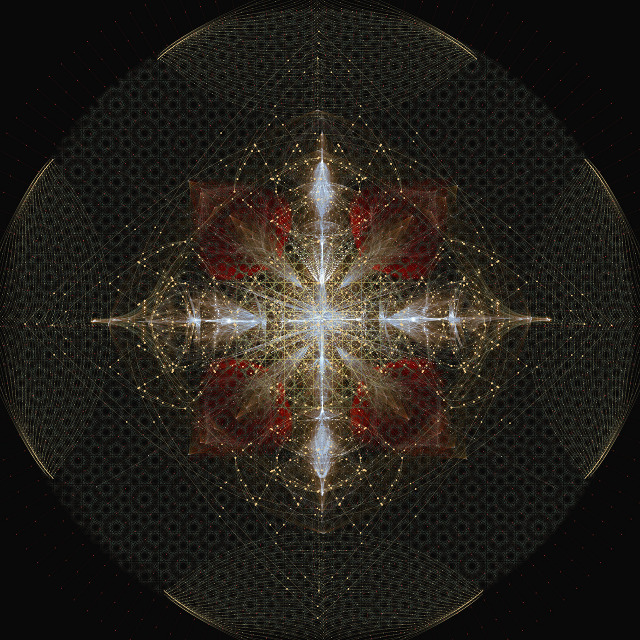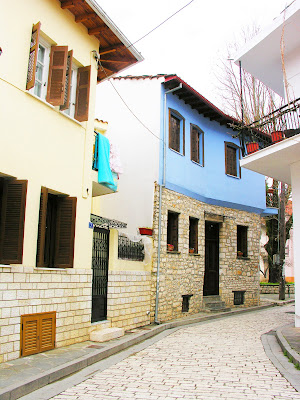Η σχεδιάστρια, εικονογράφος και σκηνοθέτης Tatiana Plakhova με αφετηρία τη γειτνίαση φύσης και επιστήμης σε πεδία όπως η γεωγραφία, η αστροφυσική, η αρχιτεκτονική, η βοτανολογία, σχεδιάζει νέους φαντασιακούς τόπους όπου η τεχνολογία συναντάει τη μαγεία και η πραγματικότητα τη μυθοπλασία.
***
The Russian illustrator and designer Tatiana Plakhova finds a way of creating fantastical worlds that come from a place far away but are still grounded by what we know to be true on Earth. Massive rocky cliff faces and sand dunes are surrounded by a starry atmosphere and geometric shapes floating in the air, and forests give way to giant transparent spears shooting up into the sky.
via http://www.lifelounge.com.au/art-and-design/news/tatiana-plakhova-creates-galaxies-.aspx#gallerytop


































